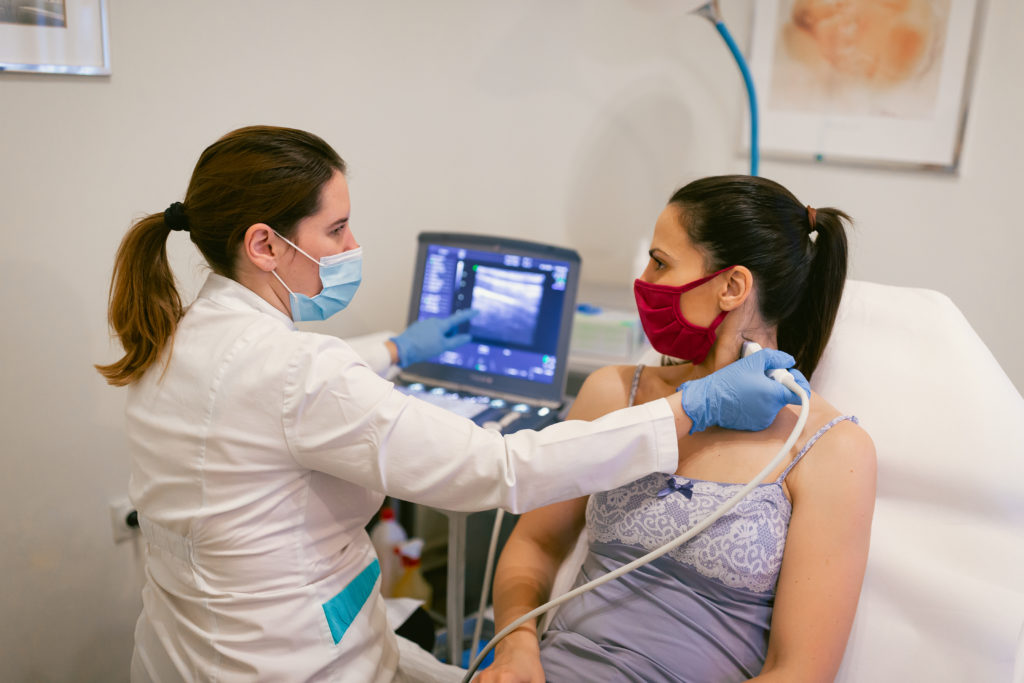The skeletal system is the body’s supporting framework. Bones also offer protection to our vulnerable organs. When viewed under a microscope, healthy bone appears porous and densely honeycombed. But sometimes those pores grow much larger than normal, causing brittleness that leads to a host of health problems.
Osteoporosis is a bone disease that can have devastating consequences. It occurs when bone loses too much of its mass. About 54 million Americans suffer from low bone mass and osteoporosis.
Falls, breaks, decreased stature
Falls become much more serious when a person has osteoporosis. A fall that might have resulted in mere bumps and bruises can have dire consequences, sometimes deadly. In severe cases, sufferers can break bones from such seemingly benign actions as sneezing. The weakened bones simply cannot deal with stresses the way healthy bones can, putting patients at much higher risk of fractures.
Osteoporosis can also seriously affect the spine. As the individual vertebrae lose mass, a person’s height and create an unhealthy, hunched-over appearance.
At-risk individuals
Seniors are not the only ones at risk. People suffering with autoimmune disorders, cancer, blood/bone marrow issues, hormonal problems and a number of other disorders can also develop osteoporosis.
Additionally, medications can take their toll on bone mass. Certain chemotherapy drugs, steroids and other drugs taken in large doses over a long period can contribute to brittleness and bone density problems.
Checking for the disease
Some people display no symptoms but still have osteoporosis. Regardless, it’s important to be on the lookout for signs that point to it. Anyone from age of 50 onward who suffers a bone fracture should see a physician about getting a diagnostic test. People who notice any height loss or curvature of the upper back should also get checked.
The bone mineral density test (BMD) is painless and can effectively analyze bone health in the spine, hip, forearm and other spots. If you suspect any loss of bone mass, ask your physicians about a BMD.
Avoiding falls
Fall prevention becomes imperative once a person is diagnosed with osteoporosis and this is especially important for people over 65.
Shoes with rubber soles and low heels usually offer the best footing. A cane or walker can provide the stability necessary to avoid a stumble. On stairways and escalators, be sure to use the hand rails. Be aware of the slippery floors, especially in public buildings whose floors are polished or where there might be moisture.
Steering free of clutter outdoors and having good visibility are also important. Always check the height of curbs before stepping down. Many other resources re available on the National Osteoporosis Foundation website (www.nof.org).
Prevention and Treatment of Osteoporosis
Weight bearing exercises and regular intake of calcium and vitamin D are recommended for improved bone density. Excessive use of alcohol should be avoided and tobacco use should be stopped. Several prescription medications are being used to improve or stabilize bone mass or to control the pain of compression fractures. These should be used under the supervision of a licensed professional and include such medicines as alndronate (Fosamax), ibandronate (Boniva), risedronate (Actonel), PTH, calcitonin, estrogens etc.
To find a doctor or schedule an appointment, visit Steward DoctorFinder™.




